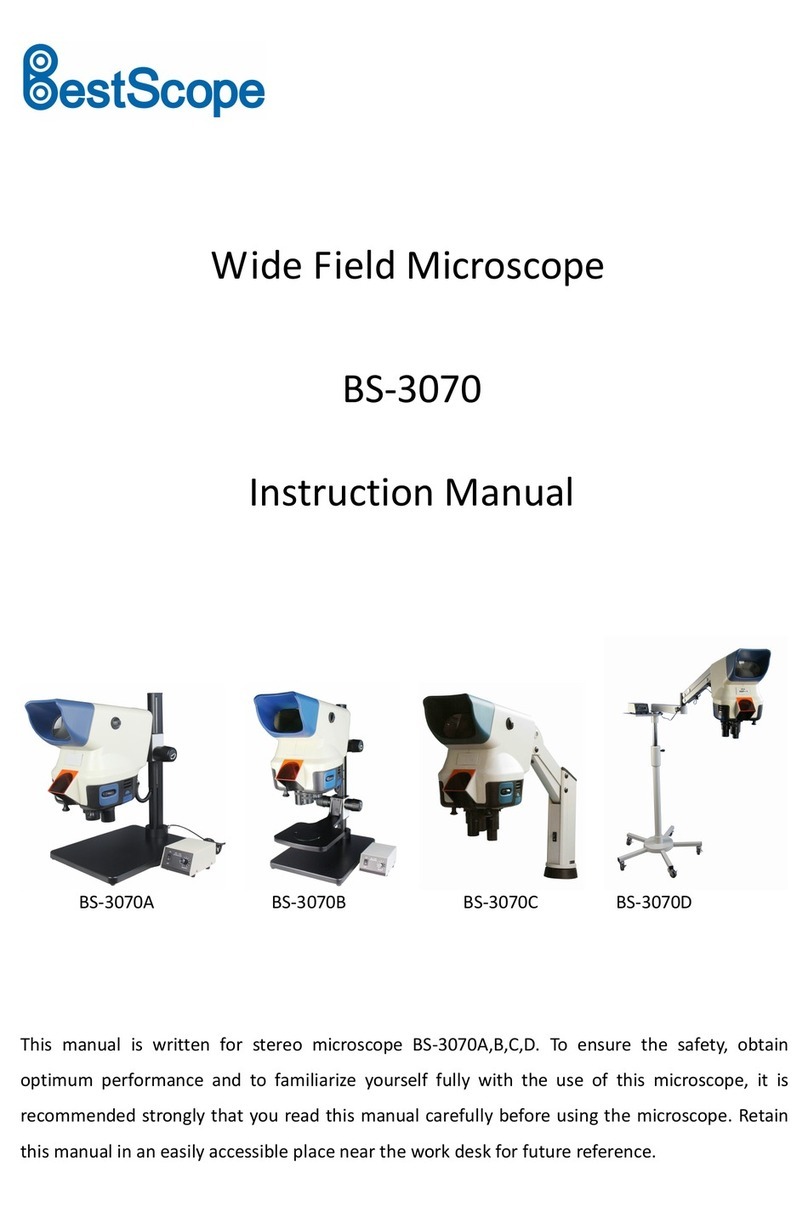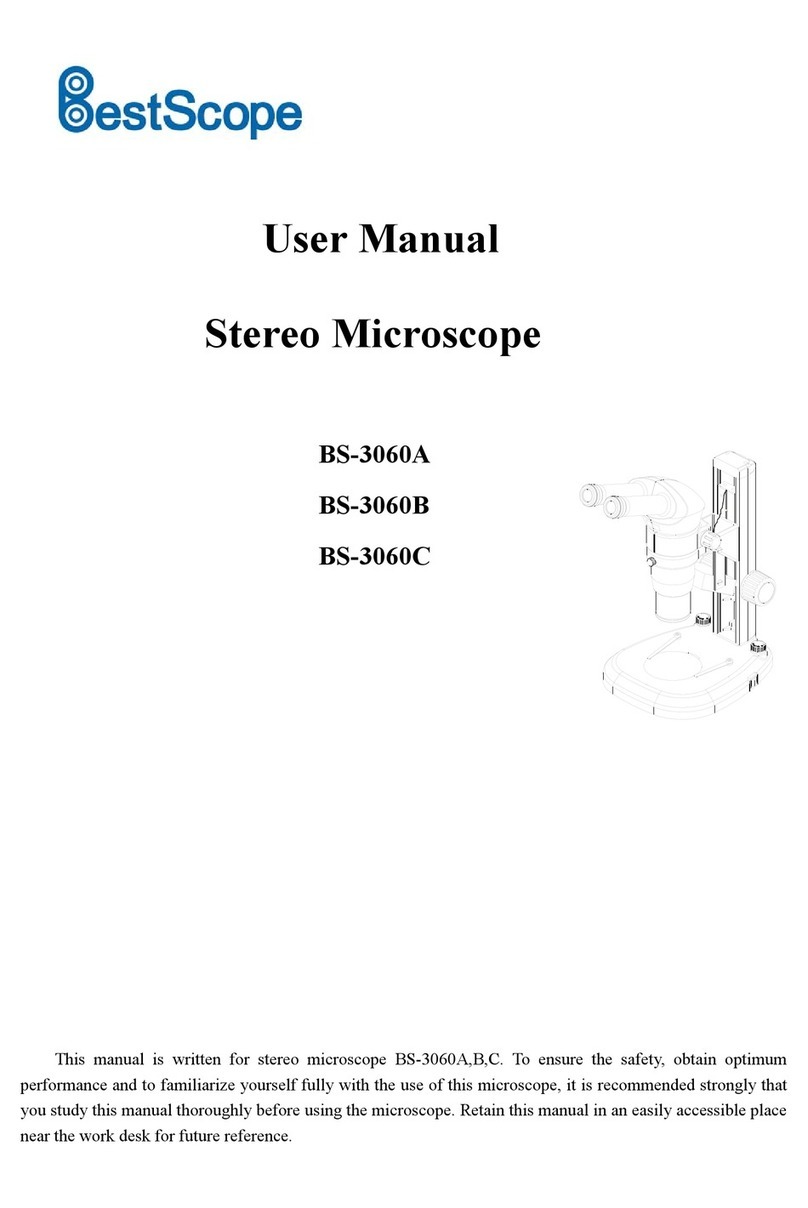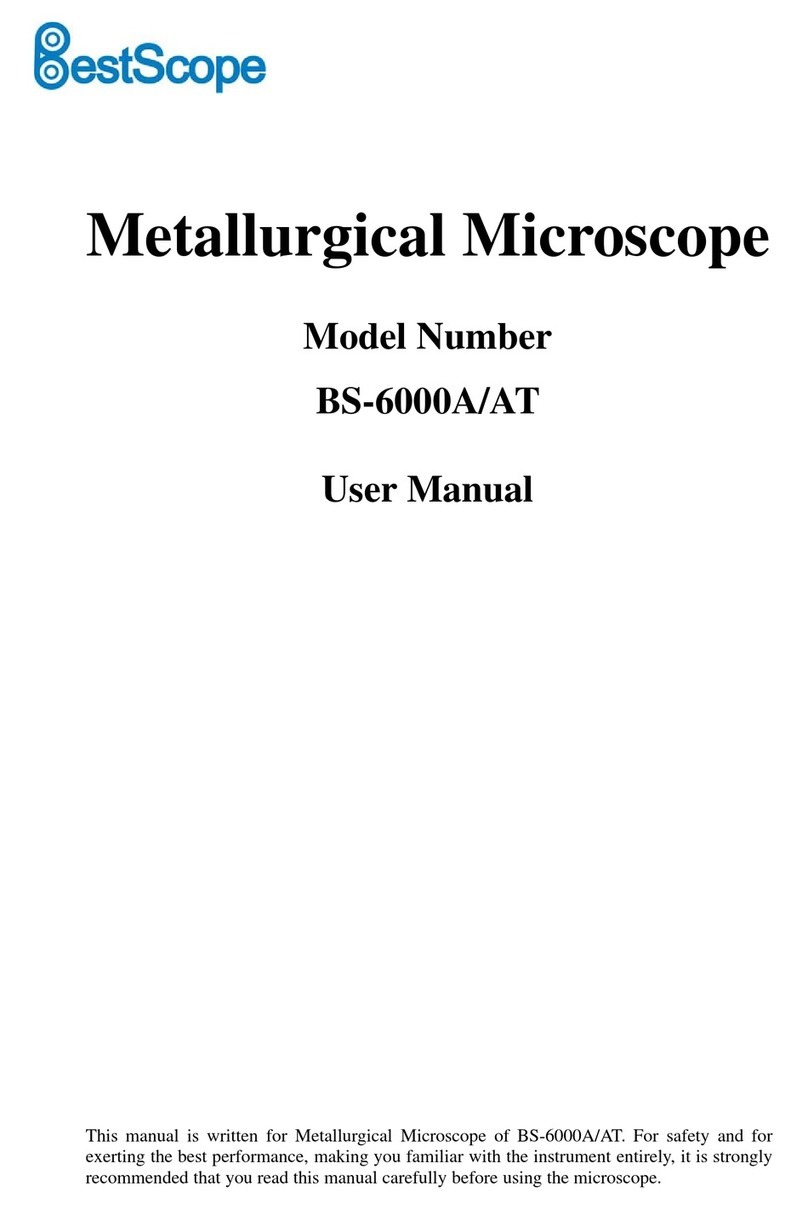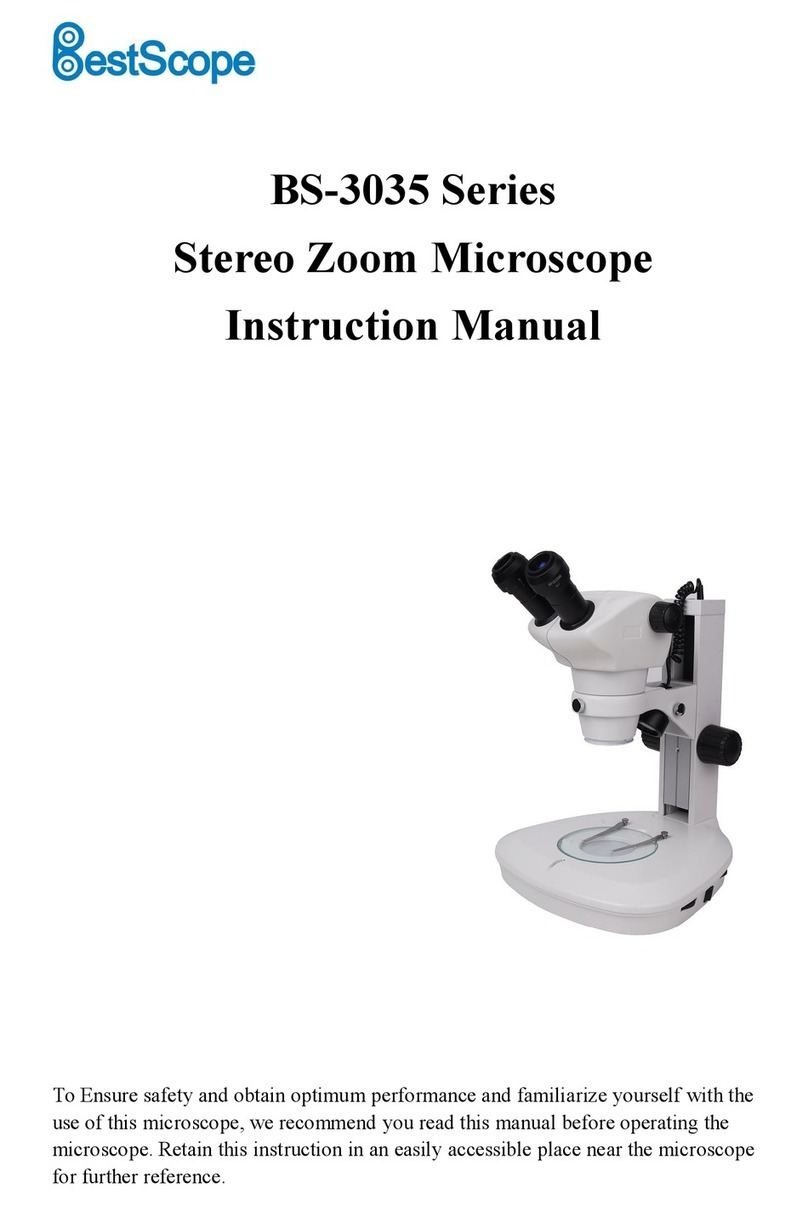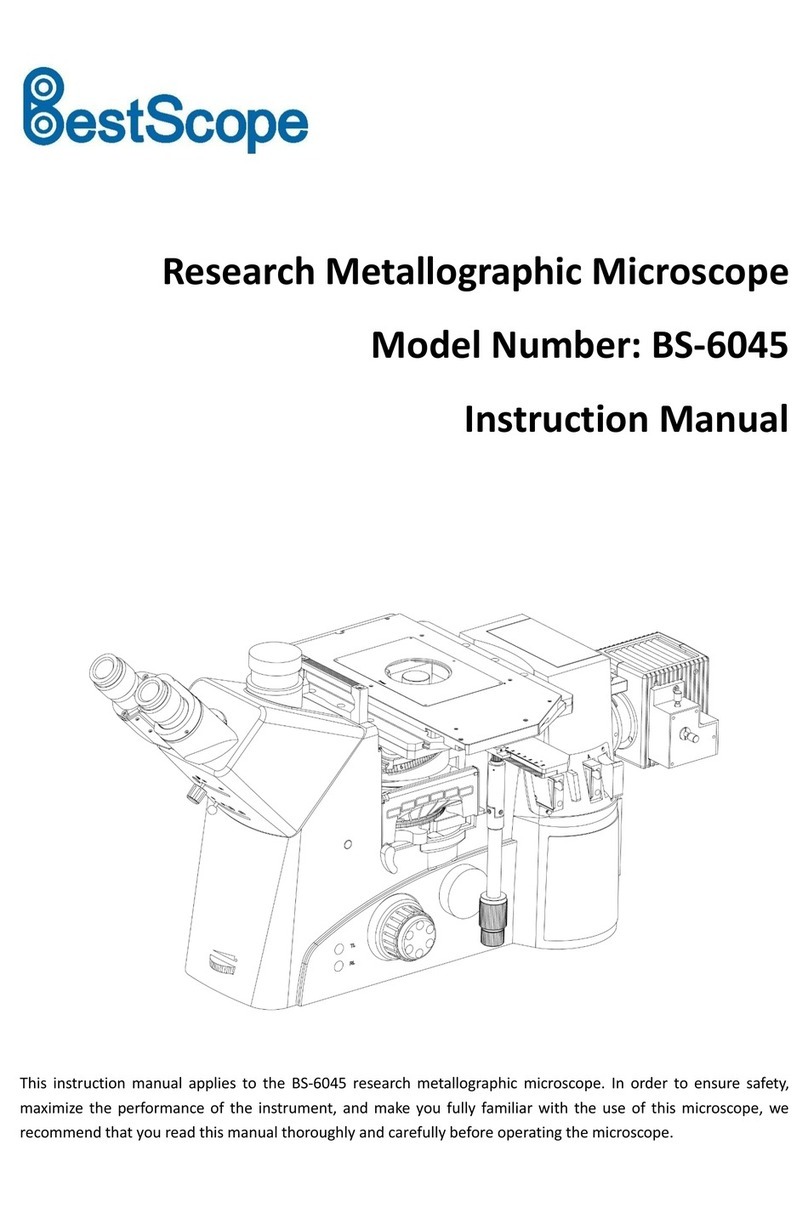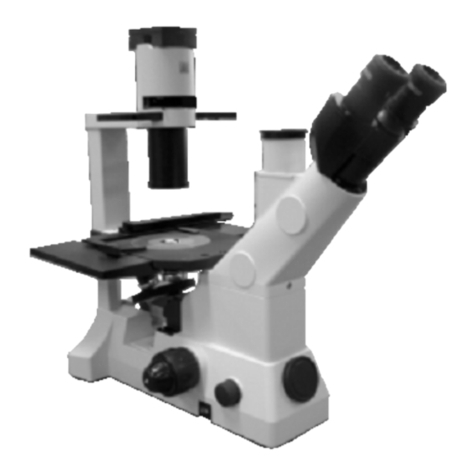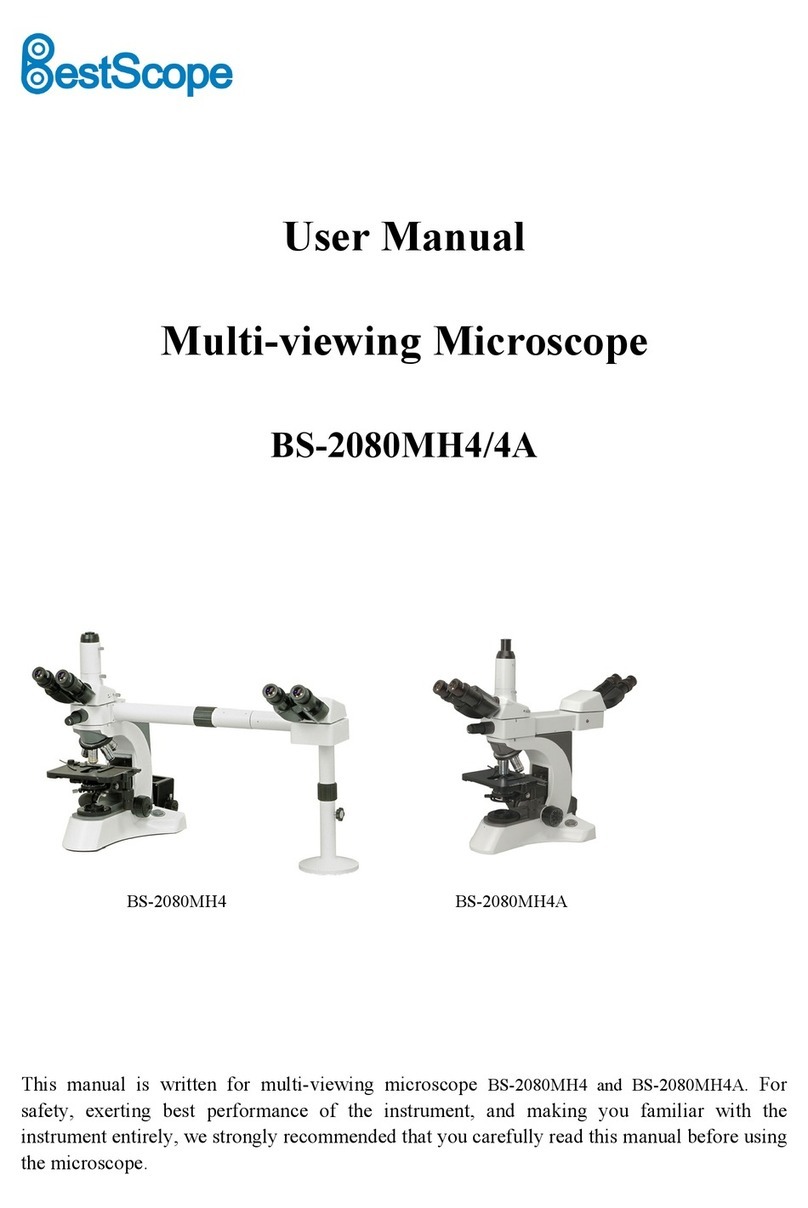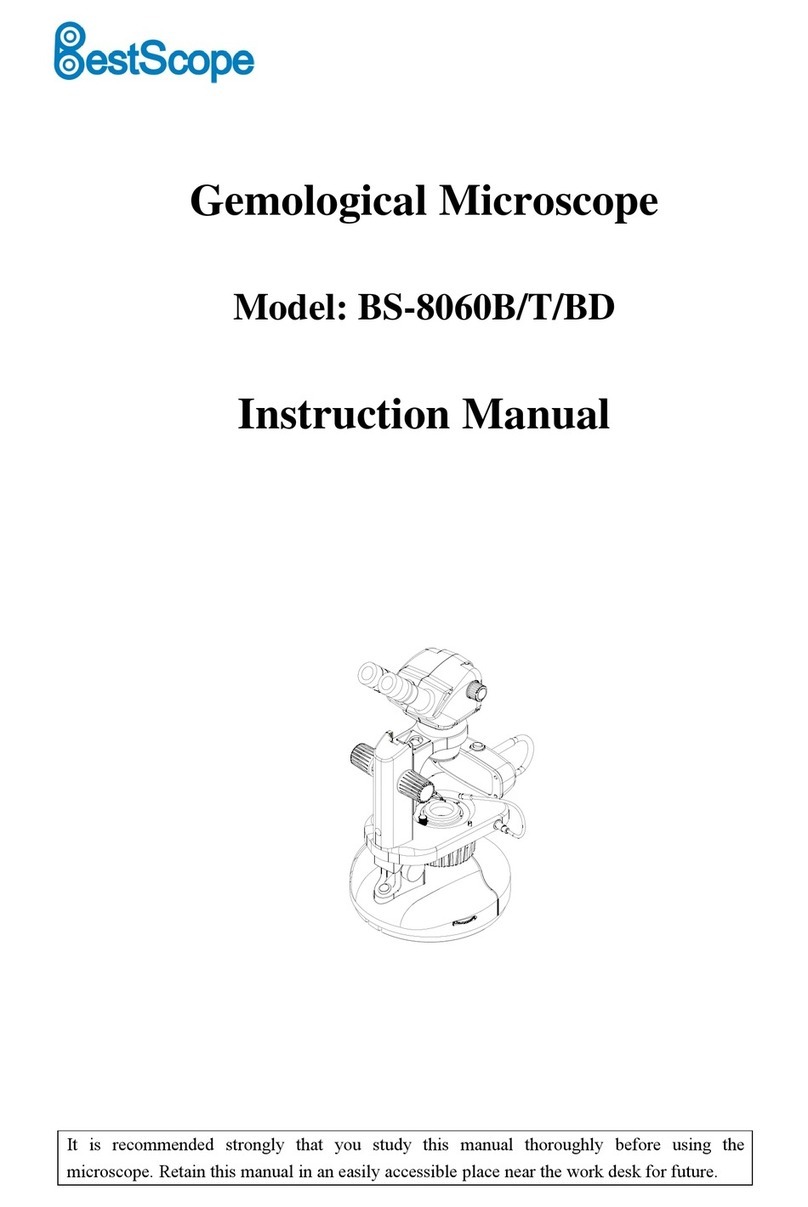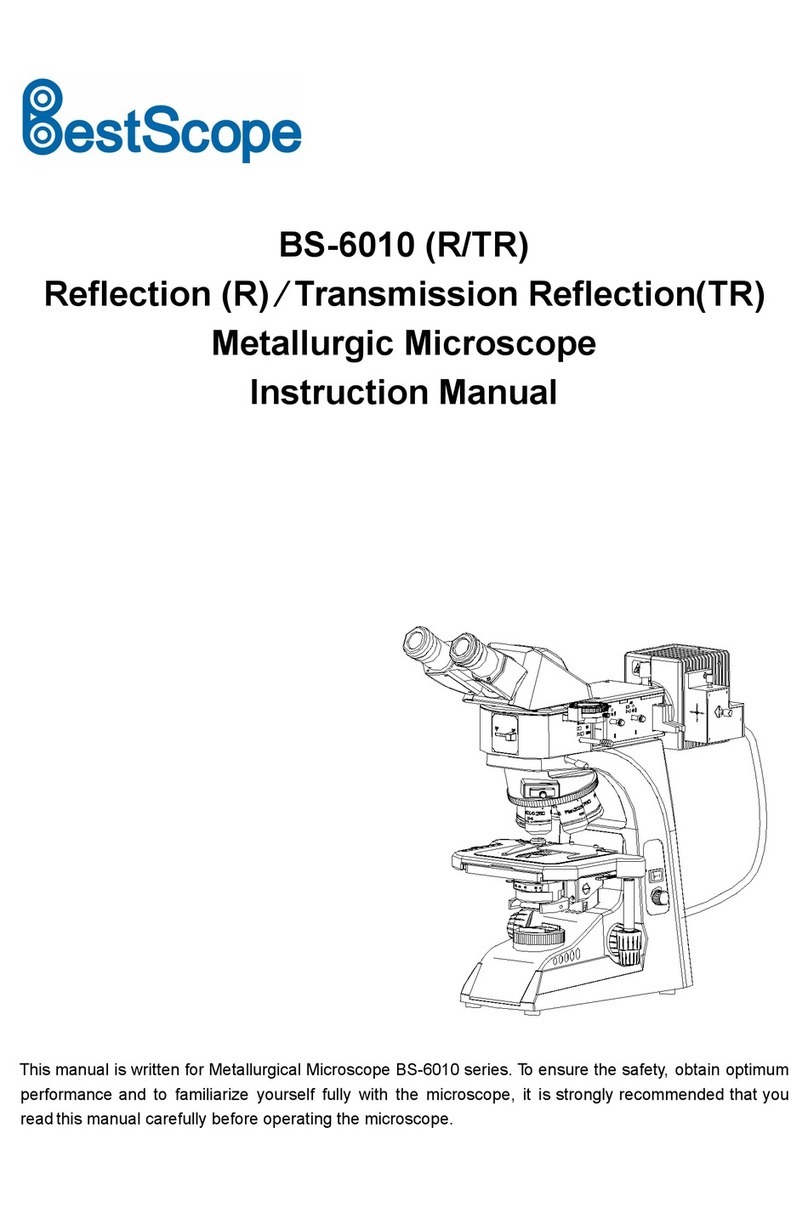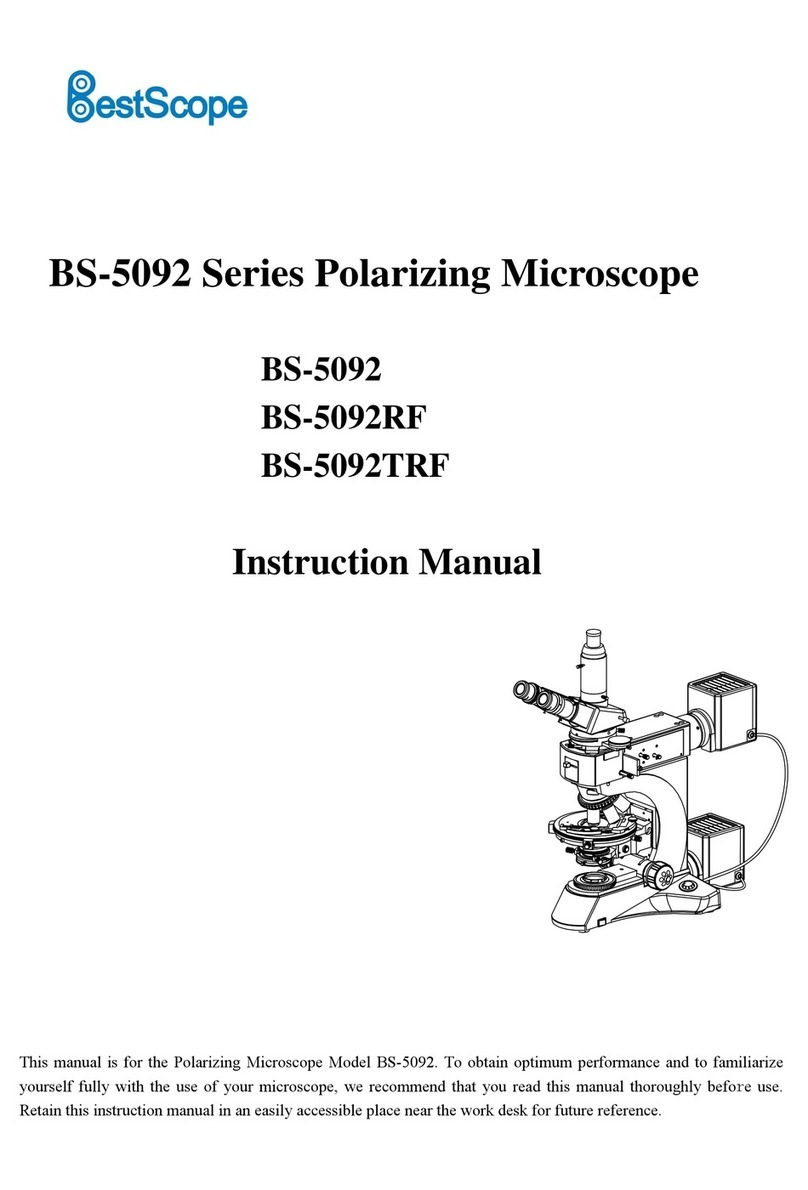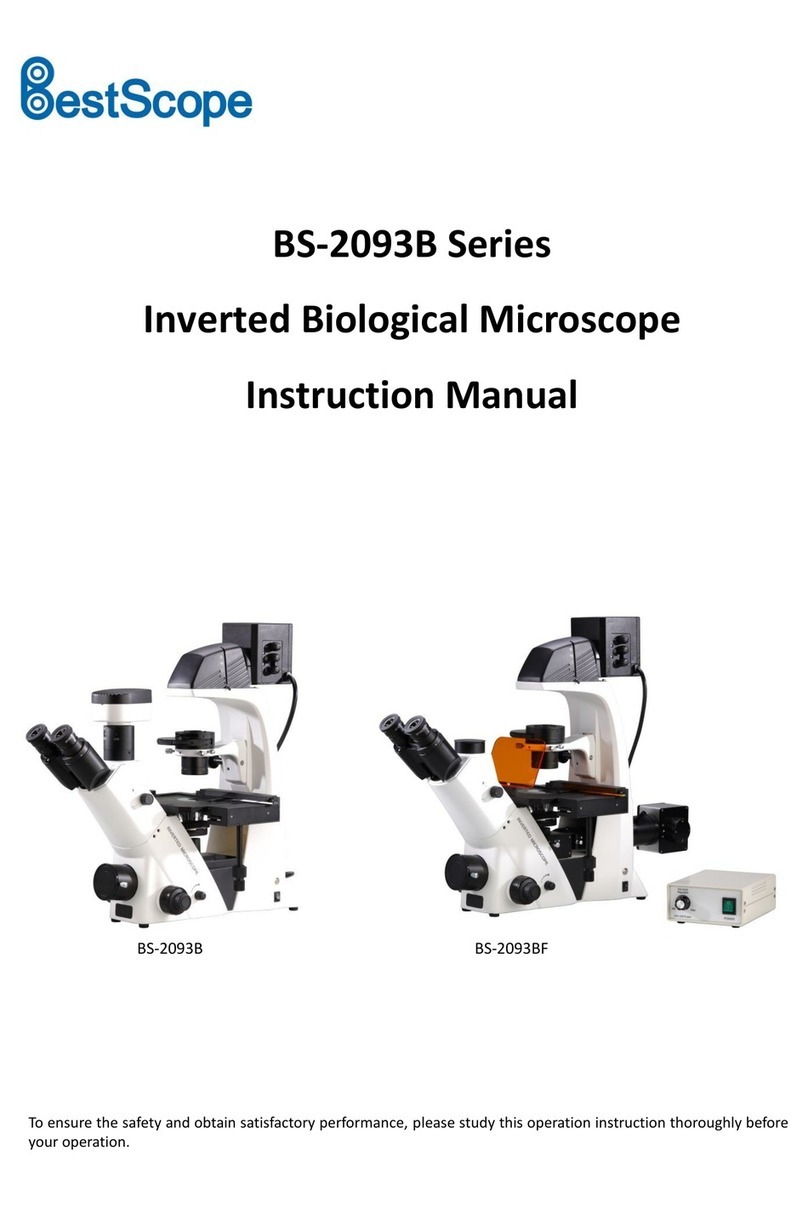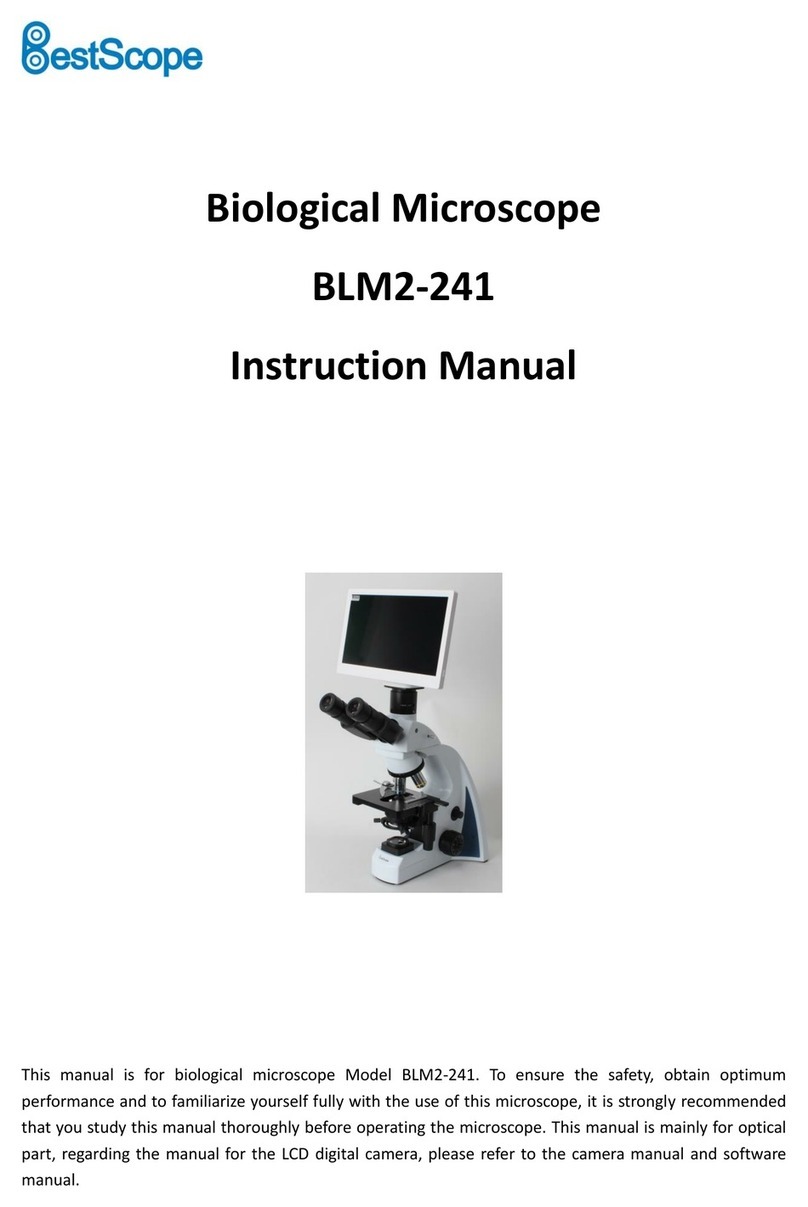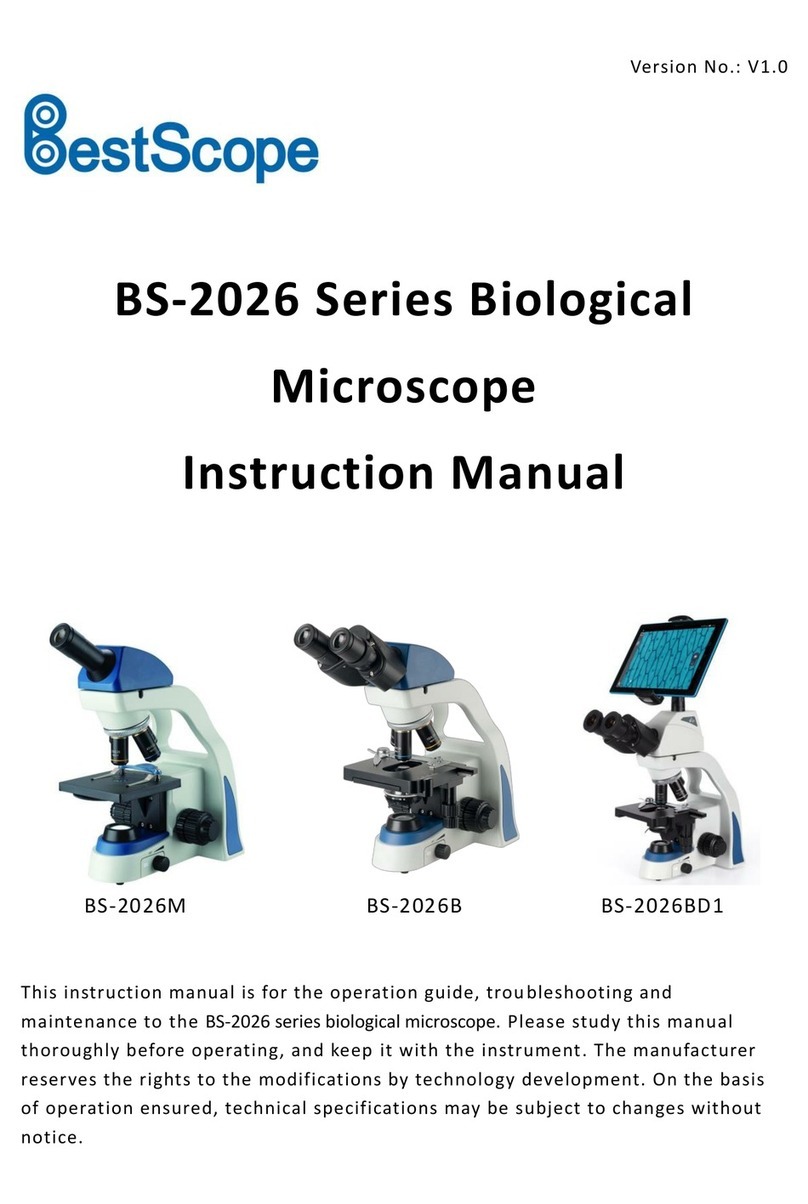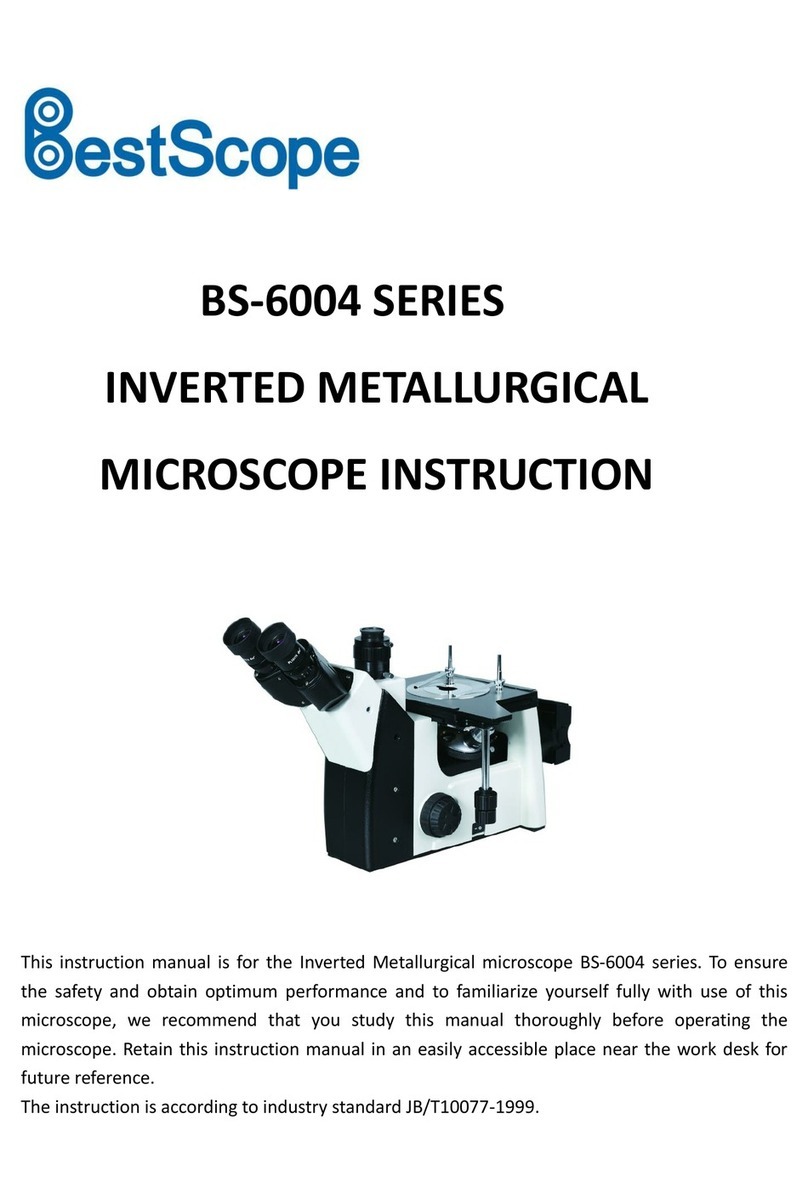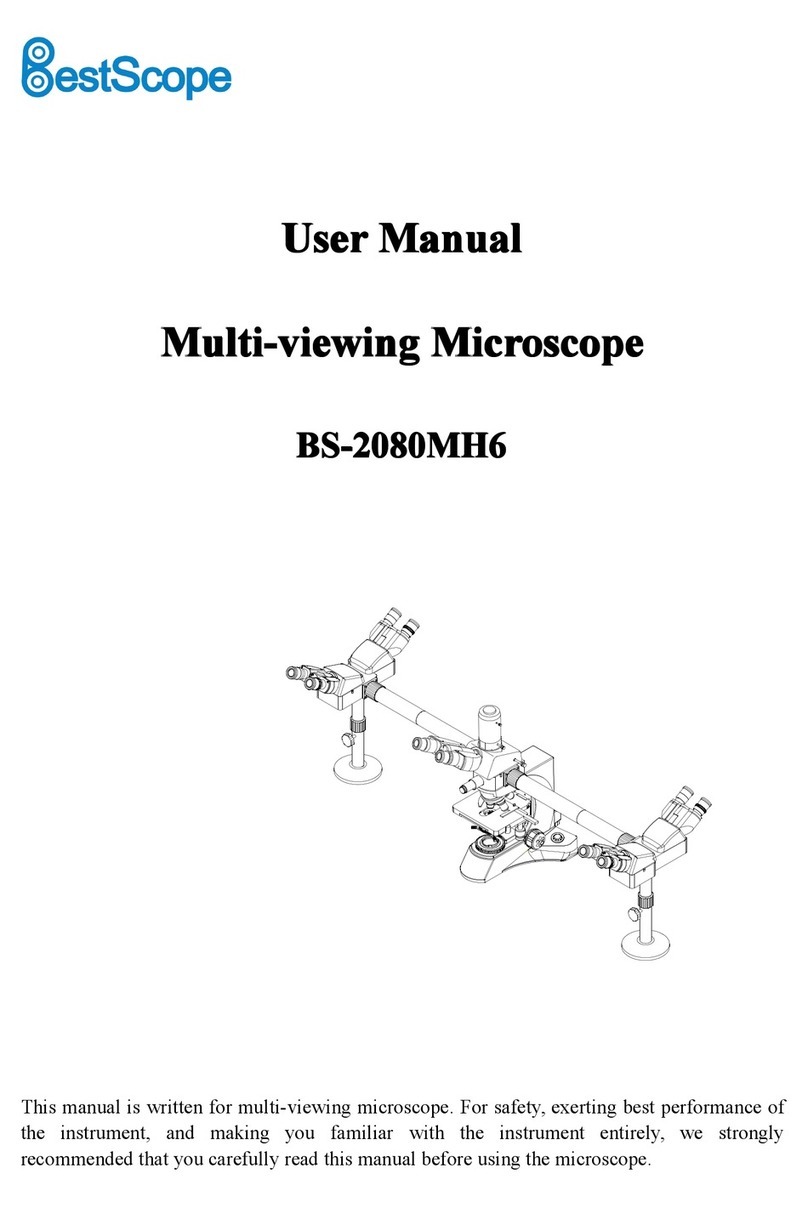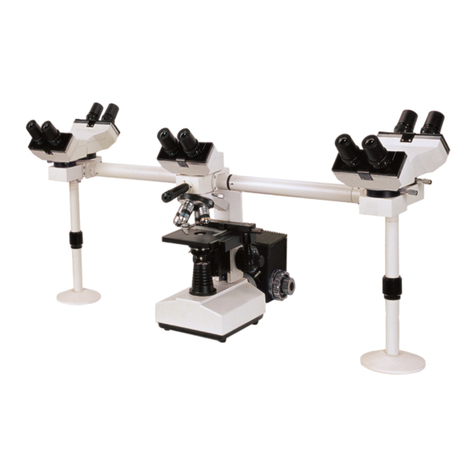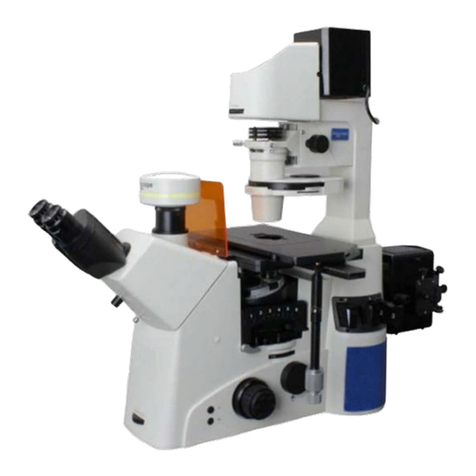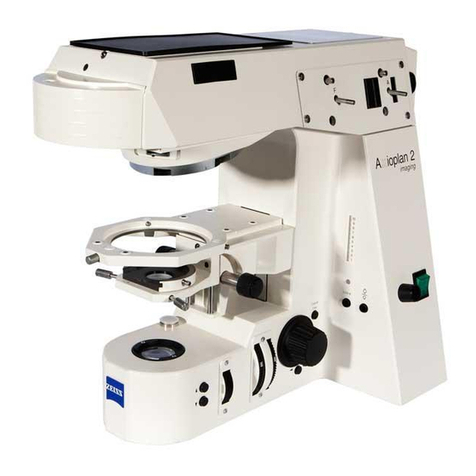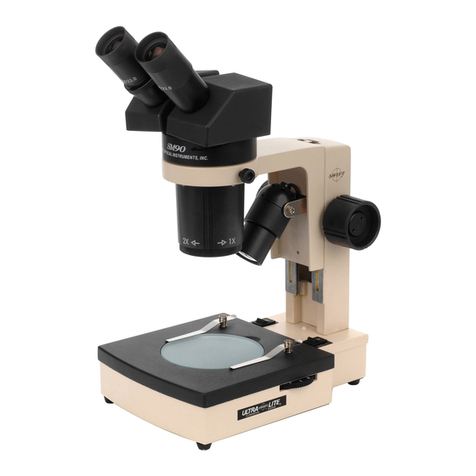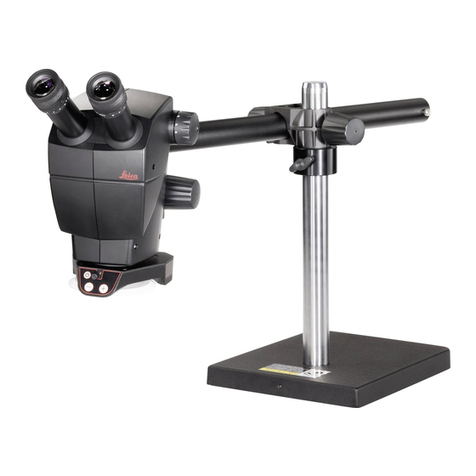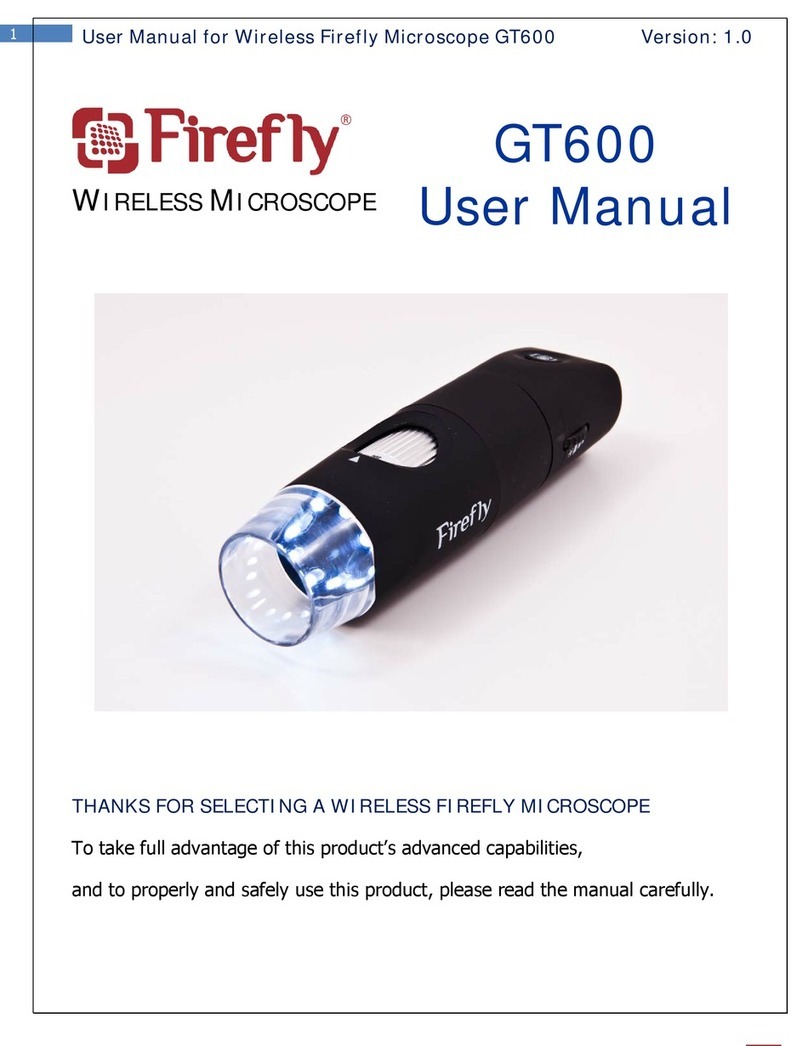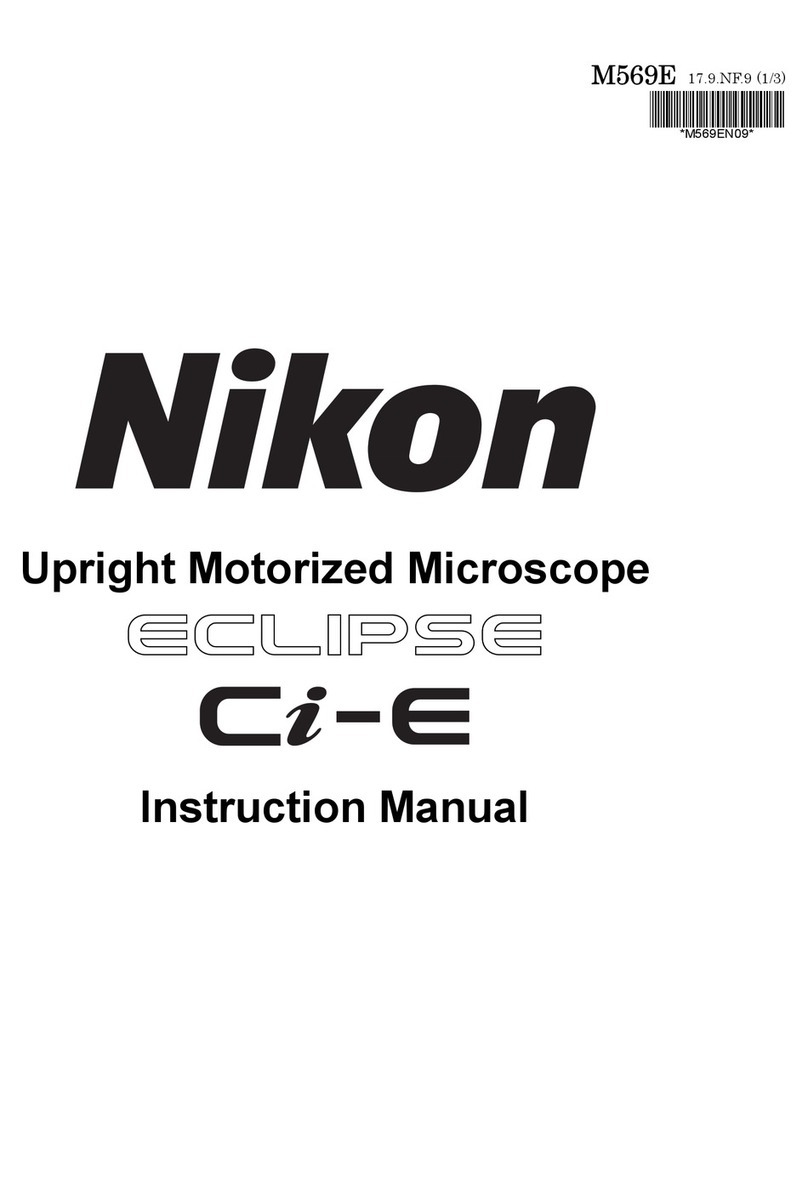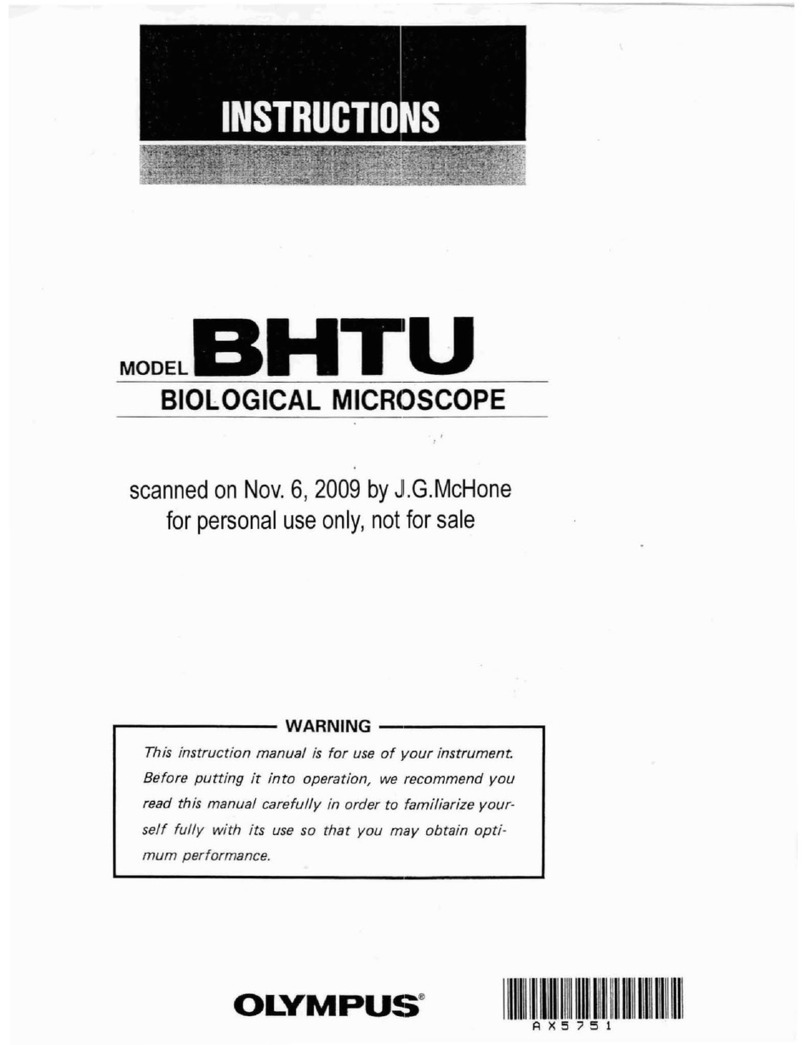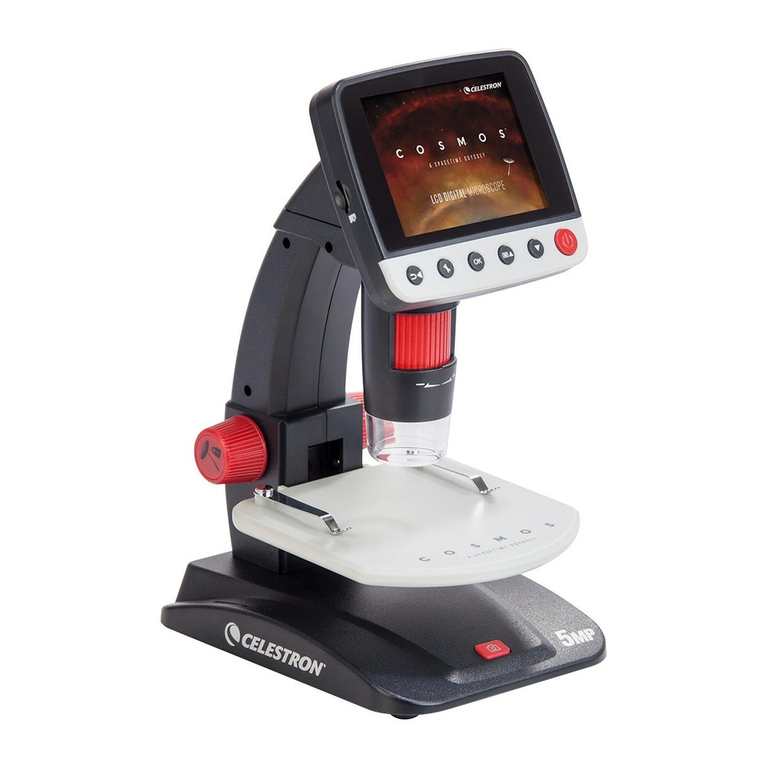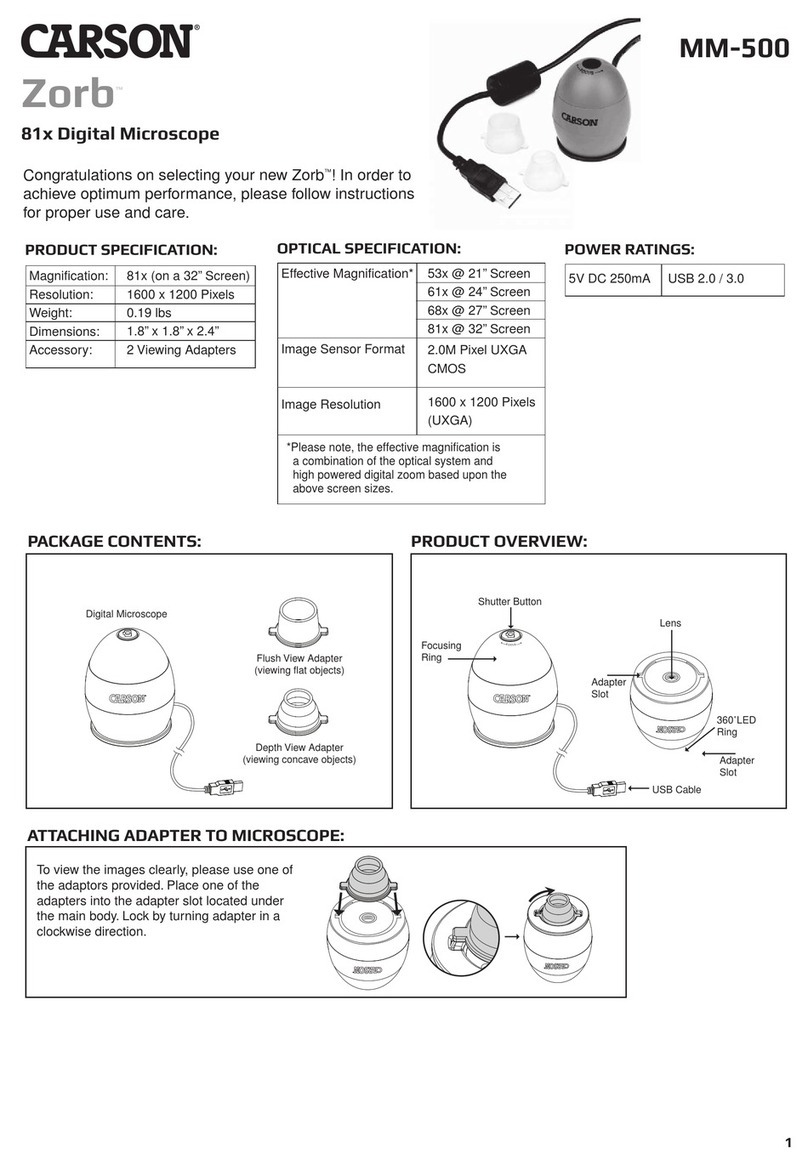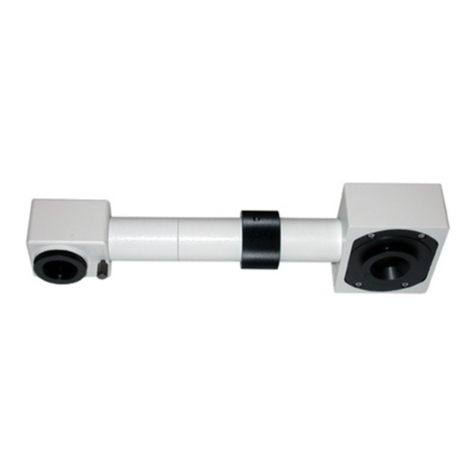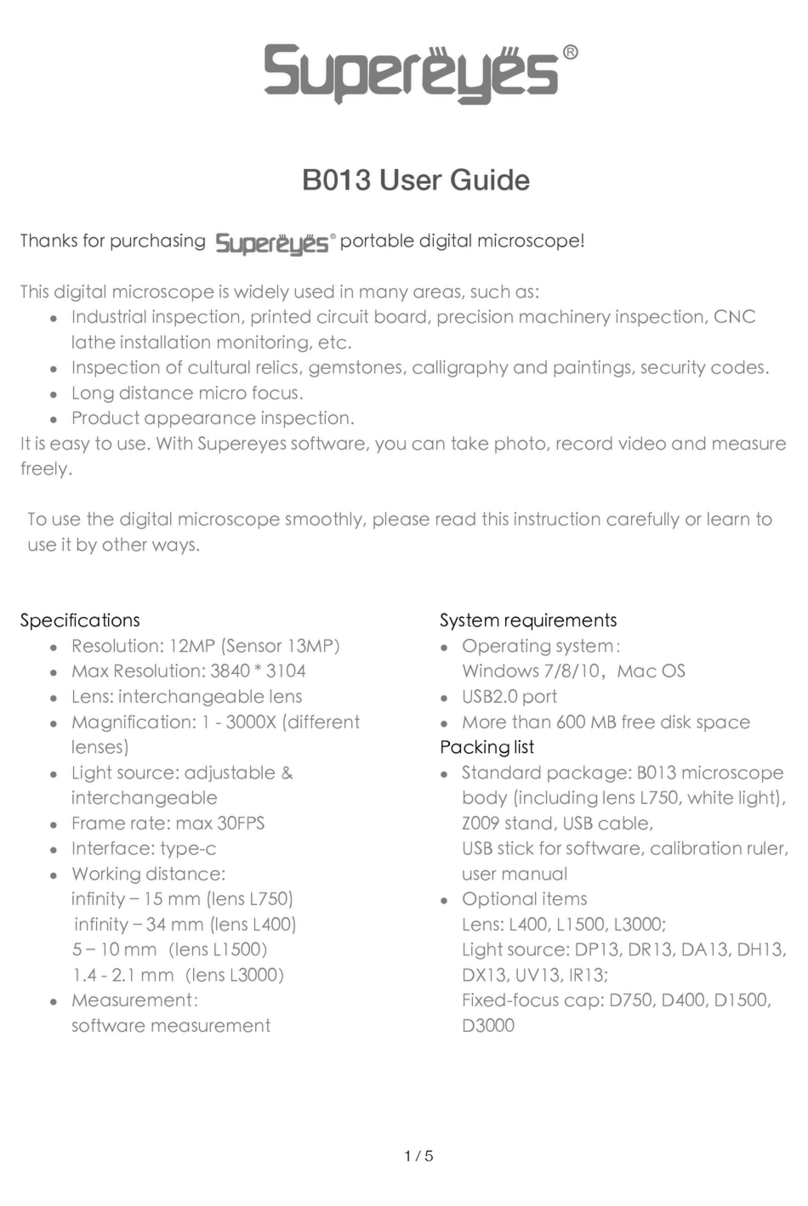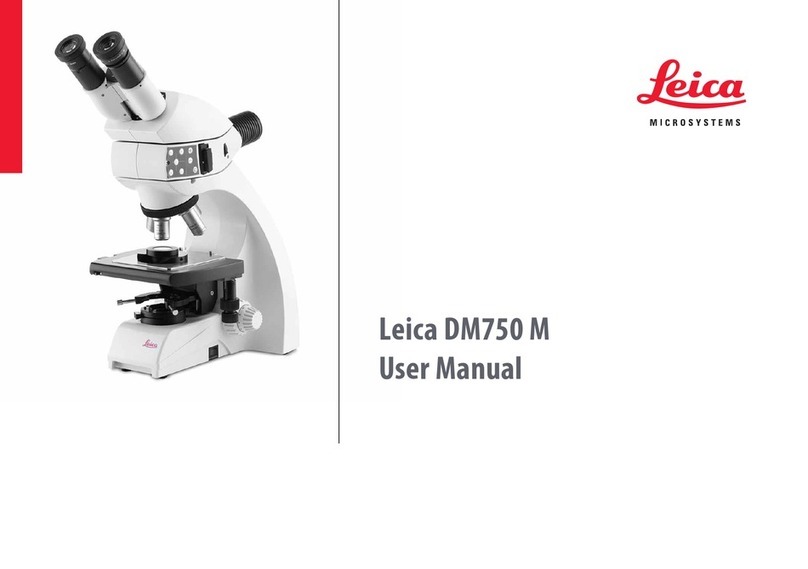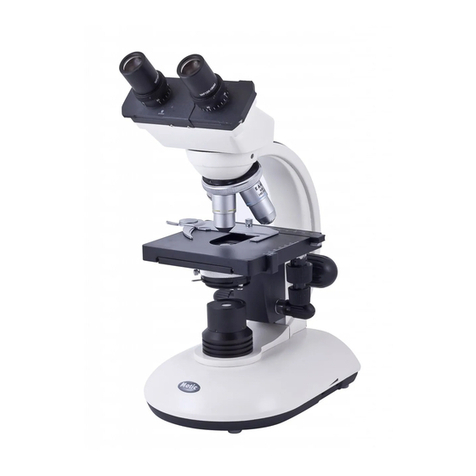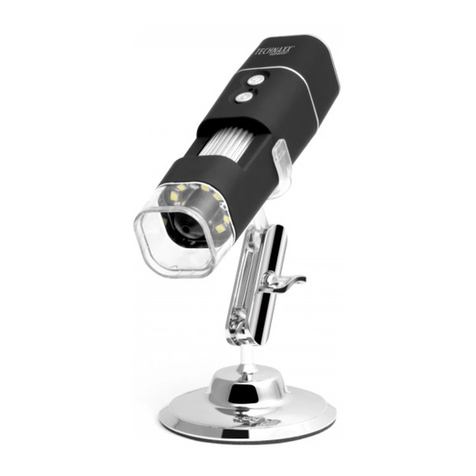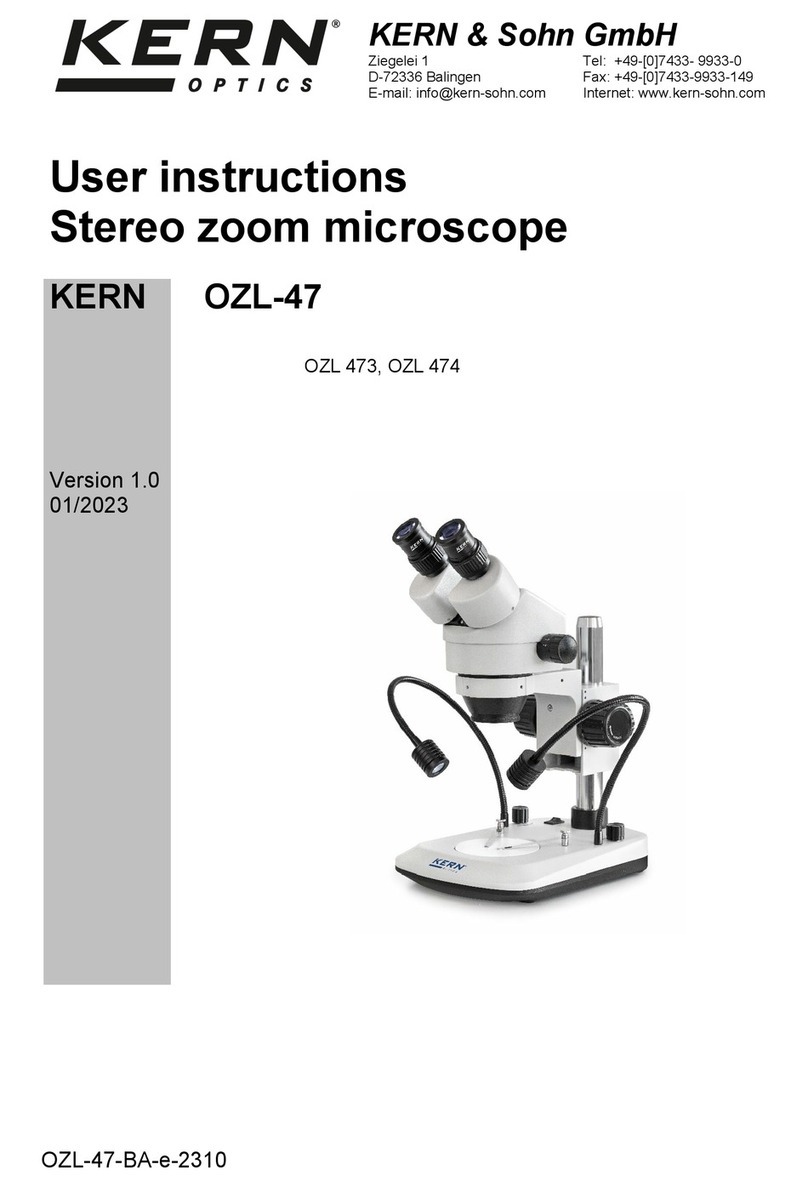
Bestscope
Bestscope
Bestscope
Bestscope International
International
International
International Limited
Limited
Limited
Limited
Besides image windows, many other windows or user interface elements reside within the main
window of ScopeImage 9.0. These include menu, toolbars, status bar and control windows,
providing additional information about the images or control of the camera.
ScopeImage 9.0 mainly divides into two parts operation, one is for the video operation, and the
other one is for the image operation;
Video operation includes video preview, video control, color adjustment, video capture, ect.
Image operation includes image processing, image flip, image calibration and measurement, ect.
ScopeImage 9.0 is image-processing software professionally designed for digital microscope. It
allows you to view, capture, edit, record, zoom, measure, and process microscope images.
Specific features included are as follows:
1)Active image preview, freezing preview, fit to window preview, real preview, full screen
preview … various preview modes make you preview the active images with great ease.
2)Convenient color adjustment of the active image, containing brightness, contrast,
saturation, RGB value, white balance and so on, very convenient to adjust the color
during previewing.
3)Special design color database, we can associate the parameters of the color to the
database, and can store or delete the color scheme.
4)Various image measurement tools, including line, angle, rectangle and circle, can move,
delete or set the color of the objects. And you can also burn all the objects into the image
for further using.
5)Basic image operations like other similar software are included in the Image menu. You
can adjust the image at ease.
6)Image flip function, include horizontal flip and vertical flip of the active image, and rotate
90 degree, 180 degree, 270 degree or any angle degree of the captured image.
7)Image Zoom: Contain image zoom in, zoom out, 1:1.
Attention:
When launching the software, there will be several seconds displays as black preview, please
don ’ t worry, it is normal, because the camera needs time to do some pretreatment, to ensure the
stable working of the camera. The same reason for the recording, when you begin to record, it will
displays as black preview for several seconds, and when the images display normal, the
recording begins.
Detail information about how to operate the software, please refer to the user manual in the CD.










